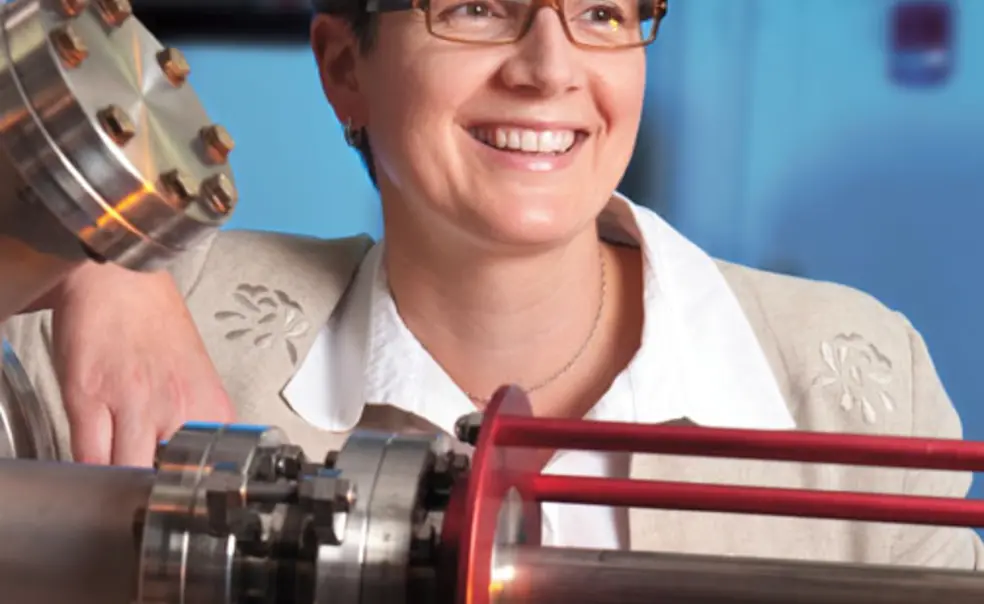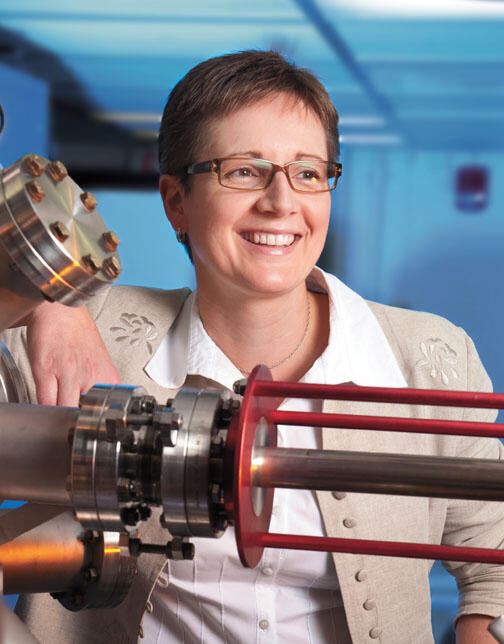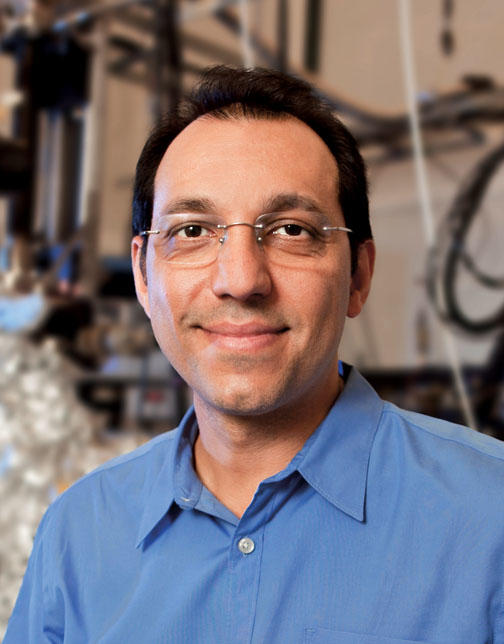Placing a $1.2 million bet on a pair of risky ideas
The University has chosen the first two faculty proposals to receive grants from the Schmidt Fund, designed to support high-risk ideas by Princeton researchers that could have a broad impact.
Dean for Research A.J. Stewart Smith *66 said 47 proposals were submitted, and the main factor in selecting the recipients was “the promise of something big — something that would really advance a research field.”
The two projects, which will receive a total of $1.2 million, are very different, Smith said : One offers the prospect of a device that could improve the quality of life for a ever-growing number of people, while the other “combines cutting-edge research with great promise and potential for practical applications.”
Google CEO Eric Schmidt ’76 and his wife, Wendy, donated $25 million in 2009 to endow the fund, which President Tilghman said would support “truly innovative ideas that need the creation or application of new technologies.” The fund is intended to encourage work that likely would be deemed too risky for traditional research grants.
Smith said the next Schmidt Fund grants are expected to be approved later this year. Following are descriptions of the first recipients:
Noninvasive blood monitors
For the millions of diabetics who monitor their blood sugar several times each day with finger pricks and testing strips, a noninvasive alternative would be a welcome change. Electrical engineering professor Claire Gmachl and her colleagues envision a small device that would read blood sugar with a few quick, painless laser pulses.
Gmachl’s research focuses on quantum cascade lasers, which use ultrathin layers of custom-designed crystals to produce specific wavelengths of mid-infrared light. The invisible light can be used to detect molecules that are known to absorb it. “If you had infrared vision,” she explains, “chemicals would have color — very specific colors.”
Quantum cascade lasers have shown great potential for using those colors to sense and measure chemicals in the air, with applications in environmental sensing, homeland security, and health. Recent advances in the power levels of quantum cascade lasers make it possible to measure chemicals in harder-to-reach places — for instance, inside the body, where a laser’s light tends to scatter or be absorbed by other compounds. And blood glucose, Gmachl says, has the “chemical spectra” necessary to be measured by a quantum cascade laser.
Gmachl’s team includes Gerard Wysocki, an associate professor of electrical engineering with expertise in developing sensing applications, and Anna Michel, an associate research scholar who has led some of the initial explorations of glucose’s spectral features. Because the work still is in its early stages, it has not been a good candidate for federal funding or support from an industry partner. Gmachl said the $500,000 Schmidt Fund grant provides “a tremendous opportunity to advance the research.”
Exploring exotic materials
If the idea of combining conductors and insulators does not sound familiar from your studies of physics, you’re not alone. The common view had been that materials either conduct electrons (met als) or they do not (insulators). But in the last few years, solid-state physicists have turned their attention to an exotic class of insulators called “topological insulators,” which have highly conductive metallic states on their surfaces.
The interesting surface qualities come from an inversion in the order of electronic states, says physics professor Ali Yazdani, and this inversion is akin to putting a knot in a rope: It’s not easily undone.
Theorists have predicted several novel properties of topological insulators, including some that could have useful applications in electronics, communications, and optical devices. Yazdani and his collaborators — chemistry professor Robert Cava and physicists Nai Phuan Ong, M. Zahid Hasan, and Jason Petta — are among the leading experimentalists working to confirm these theoretical ideas. For example, a July 2010 Nature paper from Yazdani and colleagues in his lab showed how electrons in topological surface states transmit through crystalline barriers that stop other electronic states.
Physicists are particularly interested in how topological insulators interact with magnets, light, and superconduc tors, and Yazdani’s team plans to explore all three in the hopes of demonstrating key concepts that have a “direct line of sight” to potential devices.














No responses yet